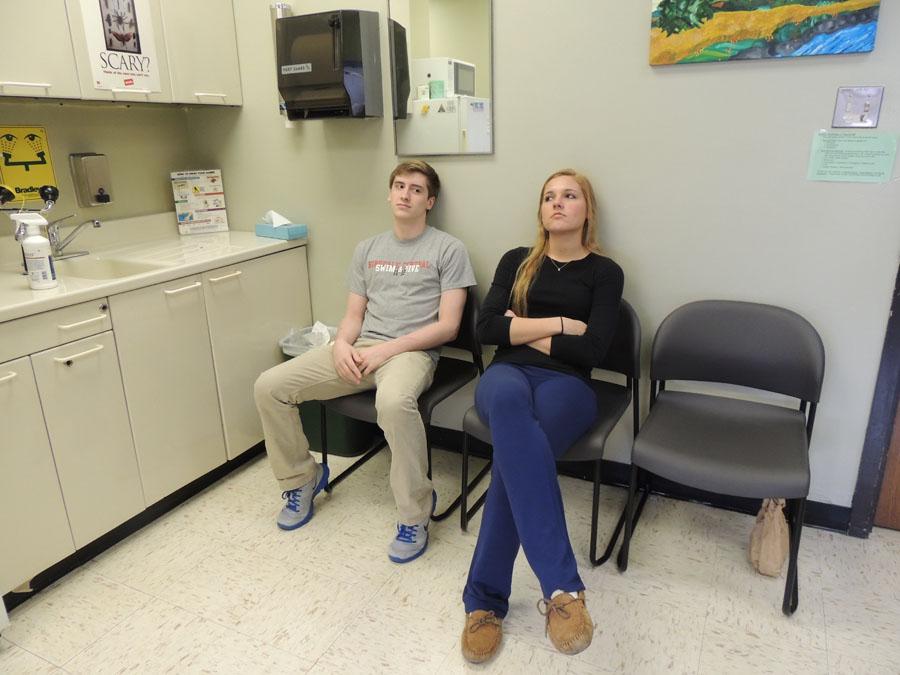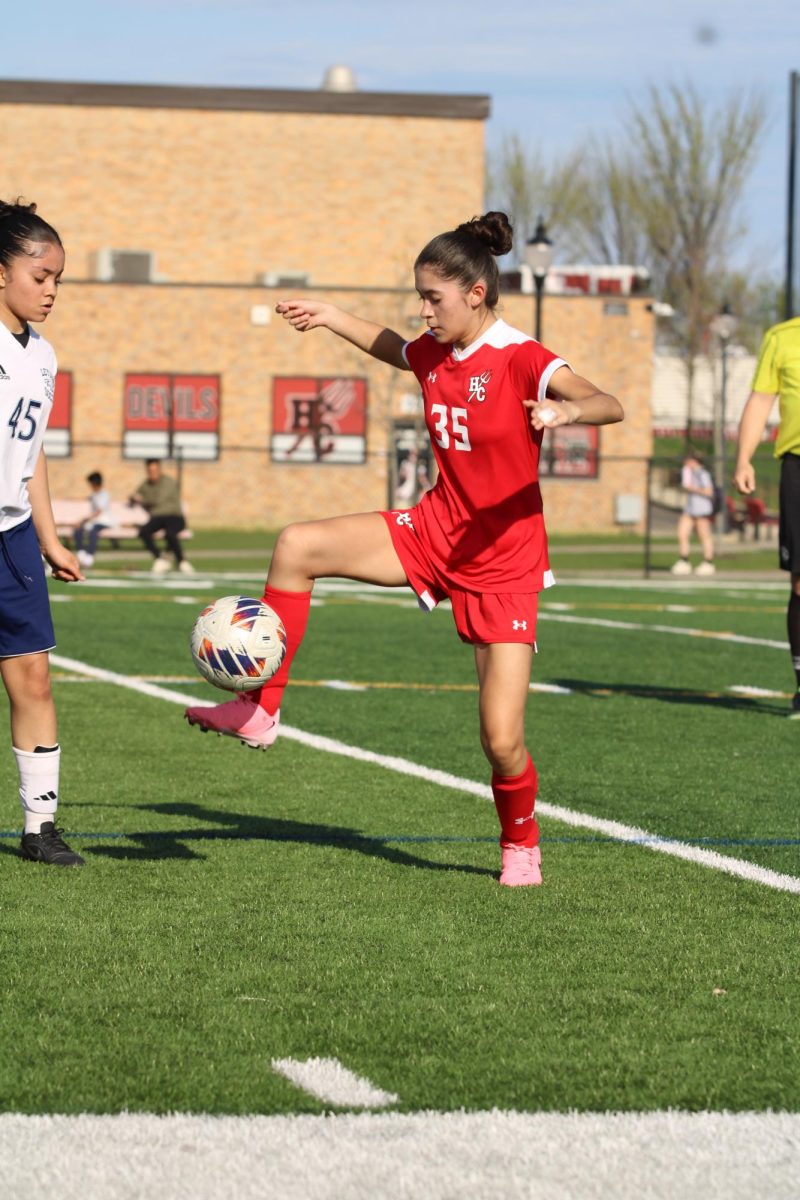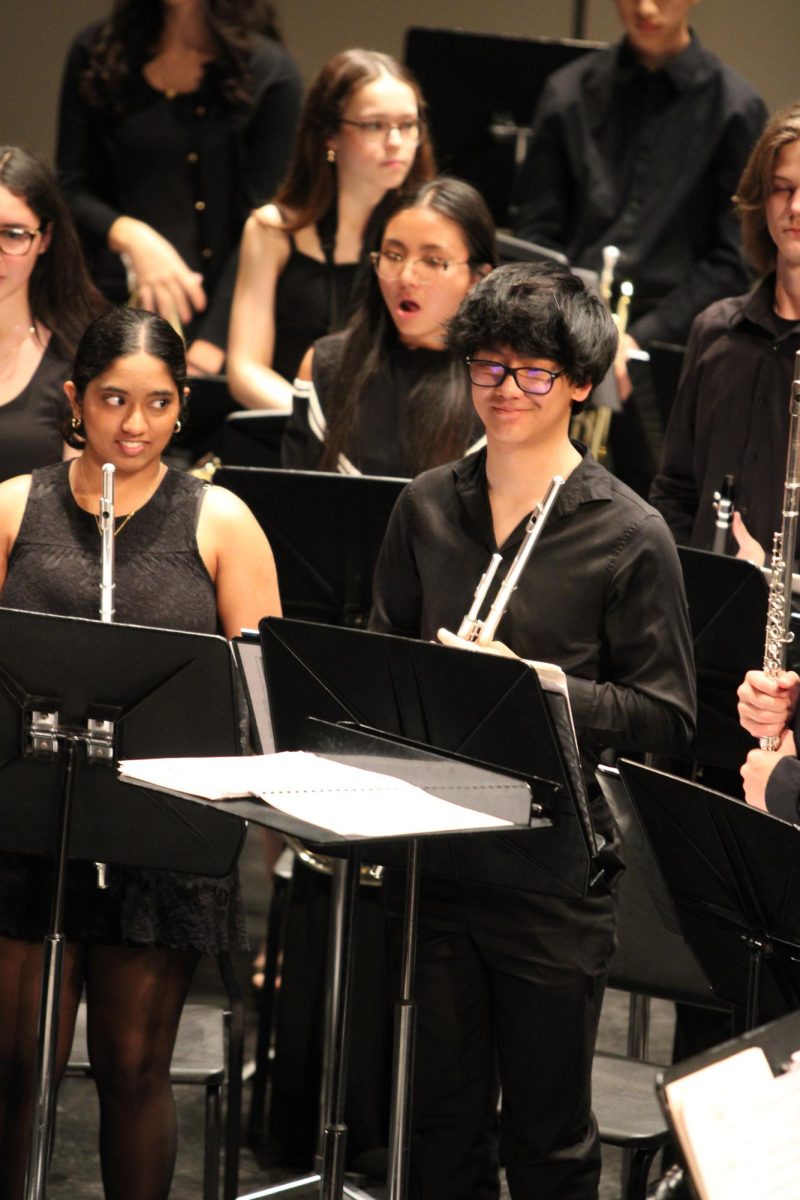The eighth semester of high school marks the start of a second semester senior, and that time also begins the plague otherwise termed as: senioritis.
Senior Raphael Turskey said that senioritis begins because of the feeling that everyting is “smooth sailing” from now until the end of May, and senior Mielissa Mol said it’s simply “laziness.”
Regardless of whether you feel like the above students or not, senioritis is sure to hit you soon, so identifying the symptoms may help delay or even stop the onset of this “disease.”
The first stage can be seen by wavering habits. Mohl said this is when seniors “find more important things to do” than schoolwork or even coming to school. This includes failure to complete homework and an overall lack of motivation in school and an uptick in absences, which can be particulary detrimental to the second semester senior.
According to Tursky, senioritis is characterized by the excruciating “pain” induced by laziness in school.
“They slack off—then realize that they have to try in school for scholarships,” he said. While many college deadlines range from August until February, scholarship due dates tend to linger later in the spring. Scholarships entail essays, resumes, letters of recommendation and a process that parallels that of the original college application.
Once the second semester seniors succumbs to their senioritis, the effects are nearly irreversible. As we enter March, be aware that spring typically indicates peak outbreak time of senioritis. Take appropriate cautionary measures to minimize susceptibility like removing from your Instagram, Facebook or Twitter all those friends already infected. Close contact with sufferers of senioritis is a sure way to contact the disease, and once infected, you will suffer consequences, guaranteed.
However, to say it, “second semester seniors” sounds so, so good, and you may decide that it is well worth any contagion just to bask in the glory.













